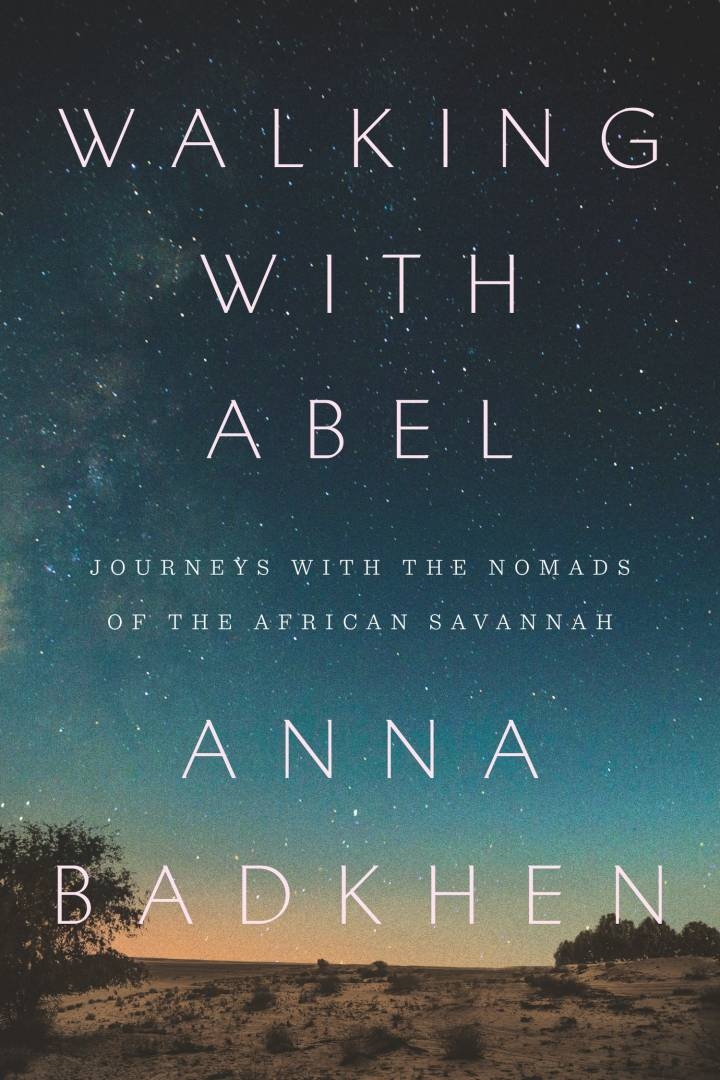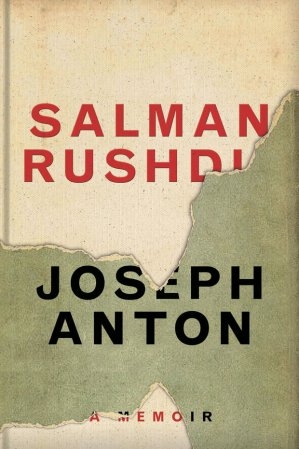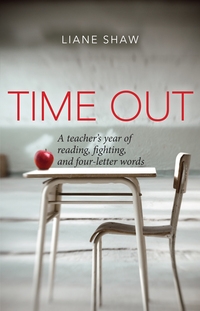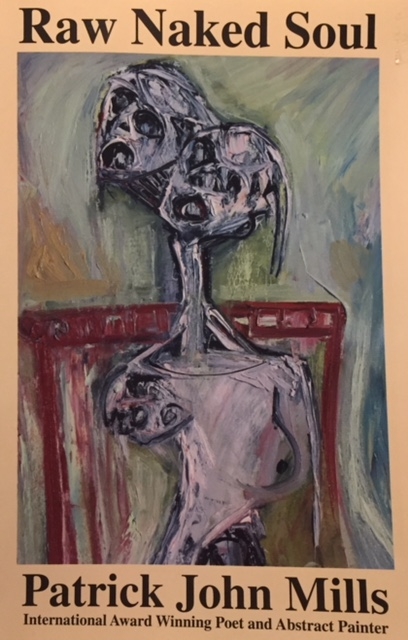
Walking with Abel: Journeys with the Nomads of the African Savannah
Author: Anna Badkhen
Riverhead Books, New York, 2015
Reviewed by Don MacLean
Anna Badkhen’s wonderful book Walking with Abel: Journeys with the Nomads of the African Savannah documents her journeys with members of the nomadic Fulani, perhaps the largest group of nomads living today. The Mali-based Fulani migrate across the Sahel with their cattle herd. They are moving from a dry season place to a rainy season place. Their particular destination is referred to as ‘the bourgou’ a stretch of swampland by the Niger River rich with grasses upon which the animals feed. For the Fulani’s cattle, hippo grass, in particular, is the great prize in the middle of a long journey. “Cows went wild for it,” writes Badkhen early in the book. In exchange for temporary grazing rights, the cattle do their part to fertilize the land owned by settled farmers. The Fulani sustain themselves, in large part, through agricultural bartering. Their cattle’s buttermilk and butter is exchanged for basic foodstuffs such as millet and fish. For centuries, this has been the typical sort of mutually beneficial arrangement that allows the Fulani and their cattle to survive their migration without having to trespass to do so.
Their journey, it almost goes without saying, is not for the faint of heart. The challenges of walking great distances across a desert-like landscape are considerable, especially for anyone not used to the experience. There is first the challenge of walking under a seething sun, the dangers of which are exacerbated during the Holy month of Ramadan when nothing can pass one’s lips between sunrise and sundown. For the Fulani, meeting the challenge has a purifying effect. One can only assume they are physically and spiritually equipped to deal with such a daunting prospect. For a non-Fulani and non-Muslim not used to the rigours of such a journey, the effect could at least potentially be much different. Badkhen, however, is up to the task. Still other dangers lurk. Islamic insurgents in Northern Mali are waging war with the government. French warplanes encroach upon the desert. French soldiers are searching for the killers of two French journalists.
One obvious question to emerge from Walking with Abel is why? Why did a woman from Philadelphia want to undertake a journey so far from home and so fraught with peril? As it turns out, Badkhen is used to such dangerous undertakings. She spent years in Afghanistan, Iraq, Somalia and Chechnya — places where most would fear to tread — working as a reporter. She is a courageous woman with a passion for the marginalized. There is also a curiosity about a way of life under threat from a variety of forces, some human and some climate-related. Part of Badkhen’s task is to, as she puts it, ‘gather stories’ and, in so doing, illuminate an approach to living that most of her readers would find remote.
There is another, more deeply personal reason for Badkhen wanting to embed herself in a community of nomads. The book is peppered with references to a lost love. A married man with whom Badkhen shared a passionate connection ended their affair, much to her deep regret. The loss leaves her reeling. The decision to immerse herself in a radically different sort of community and engage in a walk across a semi-arid landscape seems to be at once an attempt to escape a deep longing and discover an elusive inner peace. “The expanse around you unburdens the space within,” she writes. Yet by the end of the book, it’s not at all clear just how unburdened the experience has left her. “A year had passed since and I still missed him fiercely, every day anew,” she laments towards her journey’s end.
Despite — or perhaps due to — her personal pain, Badkhen is open to Fulani wisdom. Her openness, one feels, is the basis for the book’s many strengths. It serves to dispel suspicions, foster mutual respect and create a space for heartfelt exchanges. This is especially evident in her relationship with the Diakayates, the family who essentially adopts her during their journey. The family is led by Oumarou and his wife Fanta. They are travelling with their son Ousman and his wife Bobo as well as their two grandchildren.
Walking, the Diakayates teach Bandkhen, is central to the Fulani’s worldview. The act has an elemental force. “It is solved by walking” a Fulani tells her when discussing the challenge of survival. Walking engenders an intimate familiarity with place. It is also the source of promise. To walk is to move closer to a new source of water, or shade, or shelter. The promise of place, however, seamlessly feeds into the Fulani’s sense of impermanence. Those same sources of life, shade and shelter are the places the Fulani will leave the next day. They are used to these sorts of acts of separation. It is the basis for their stoicism in the face of death. When a Fulani loses a child they will not cry or mourn in public.
Intimately connected to the role of walking are the Fulani’s ways of knowing. The Diakayates do not think of knowledge in the way that any reader of the book or this review would. They do not read or write. They may have heard of Badkhen’s native country, America, but they most certainly have never visited or would be able to identify it on a map. This lack of a particular type of knowledge or experience, however, in no way suggests ignorance or ‘backwardness.’ To suggest so is to engage in the sort of chauvinism of which too many Western writers have been guilty when writing about non-Western peoples. Badkhen, to her credit, does not fall into this trap. On the contrary, she writes with deep respect of the Fulani ways of knowing. We learn, for instance, that Oumarou’s deep knowledge of place and timing is derived from his experience of using the landscape as a travel guide. Constellations are not only maps of stars; for the Fulani, they are signifiers of rain, wind or grinding heat.
Related: History of Medicine and Science
Related: Black in America
The Fulani traditions are ancient. The community’s capacity to cope is formidable. Yet one of the themes that weaves it way through Badkhen’s narrative are the decidedly modern threats to which they are increasingly subject. Their young men and women seem like young men and women everywhere else. They are tempted: by technology, by love and sex and by the possibilities associated with earning income and possibly settling down. The Fulani and the governments that surround them share a deep and mutual distrust. Moreover, as much of the surrounding area is transformed, there is a real risk the Fulani will be, in essence, boxed in.
More fundamentally, according to Badkhen, the Fulani ways of knowing and living are increasingly compromised by a rapidly changing climate. If there is one shortcoming in an otherwise thoughtful and beautifully written book, it’s that Badkhen’s scattered references to a changing climate do not do justice to the theme. To what extent are the shifting weather patterns attributable to climate change? How exactly is climate change altering the weather and the landscapes traversed by the Fulani? The answers are not self evident. Yes the Fulani lament the delayed start of the rainy season in June. Yet a shared anxiety about the weather runs like a current through their history. Famines, as the Diakayates themselves know, recur with predictable frequency. Every mention of the dearth of rain, or hardened ground, or ruined harvests, or the growing threat of hunger, or a cow’s withered and deflated udders is an opportunity for Badkhen to more deeply explore how a shifting climate is threatening a formidable yet vulnerable people. Alas, she never does fully seize that opportunity.
Fortunately for the reader, the book has many other compensations, particularly towards the end. The Fulani’s journey culminates in their respective cattle herds’ crossing of the Bani River. Badkhen is at her finest in telling this part of Fulani’s story. It’s not simply due to being a gifted storyteller. It’s that she describes the culmination with a near-equal mix of joy and melancholy. The effect is to give the story an added poignancy.
There is first the great gathering of cattle by the river bank. As Badkhen conveys, their numbers are so large that the ground moves as they walk and a low rumbling can be heard from miles away. The swim across is at once a time of joy and sorrow, anticipation and apprehension. On the one hand, the crossing occurs as the rainy season ends, thus signifying a time when the land is green and lush, and the herd is collectively strong and well-nourished. Life in full bloom. On the other, the young Fulani men – Fulani ‘cowboys’ as they’re called – must undertake the challenging task of swimming their animals across. It’s not unusual for some of the cowboys to perish before reaching the other side. Nor do all cattle successfully pass this crucial test. Indeed, Oumarou learns of one among his own herd who failed. The cow was thus taken from the water, skinned, it’s various parts separated for the purpose of selling, consuming and properly mourning its passing. Their sadness, however, is tempered by relief: Ousman was otherwise successful in getting the herd to the other side. In short order, they will start to prepare for the walk back. For as long as they’ve walked, the Fulani’s journey is only just beginning.









